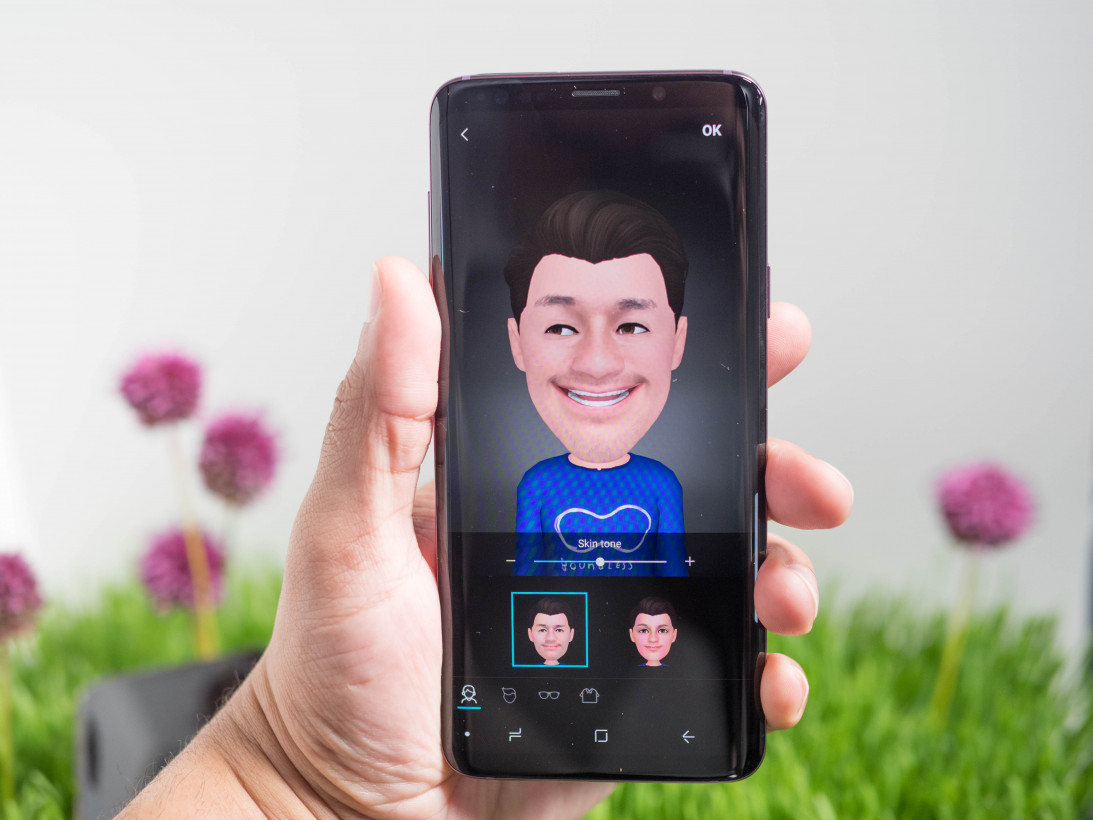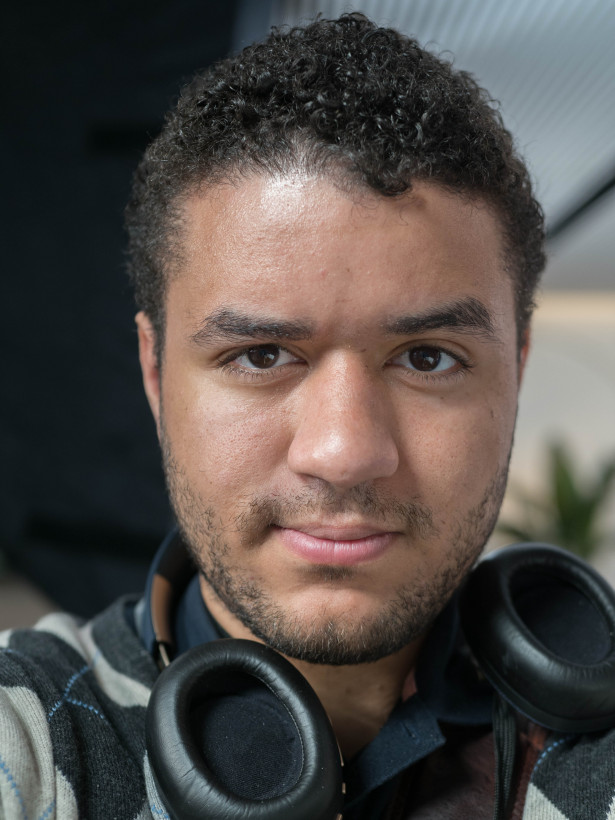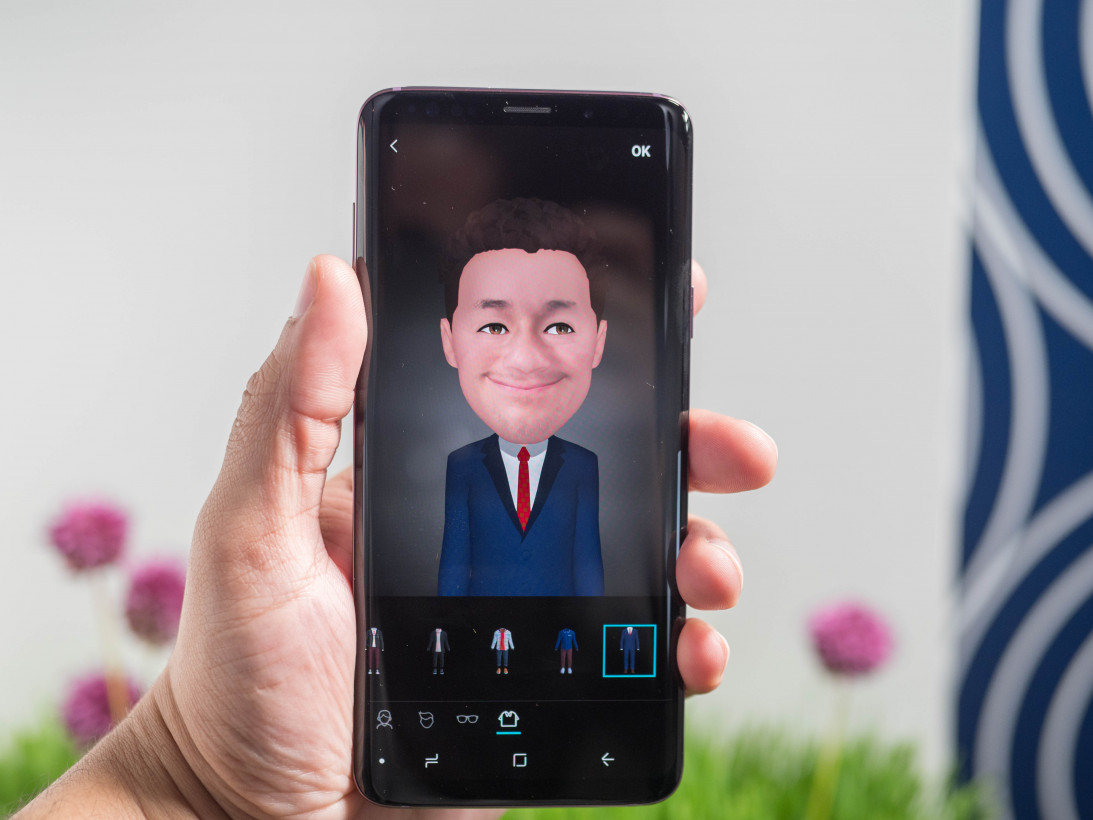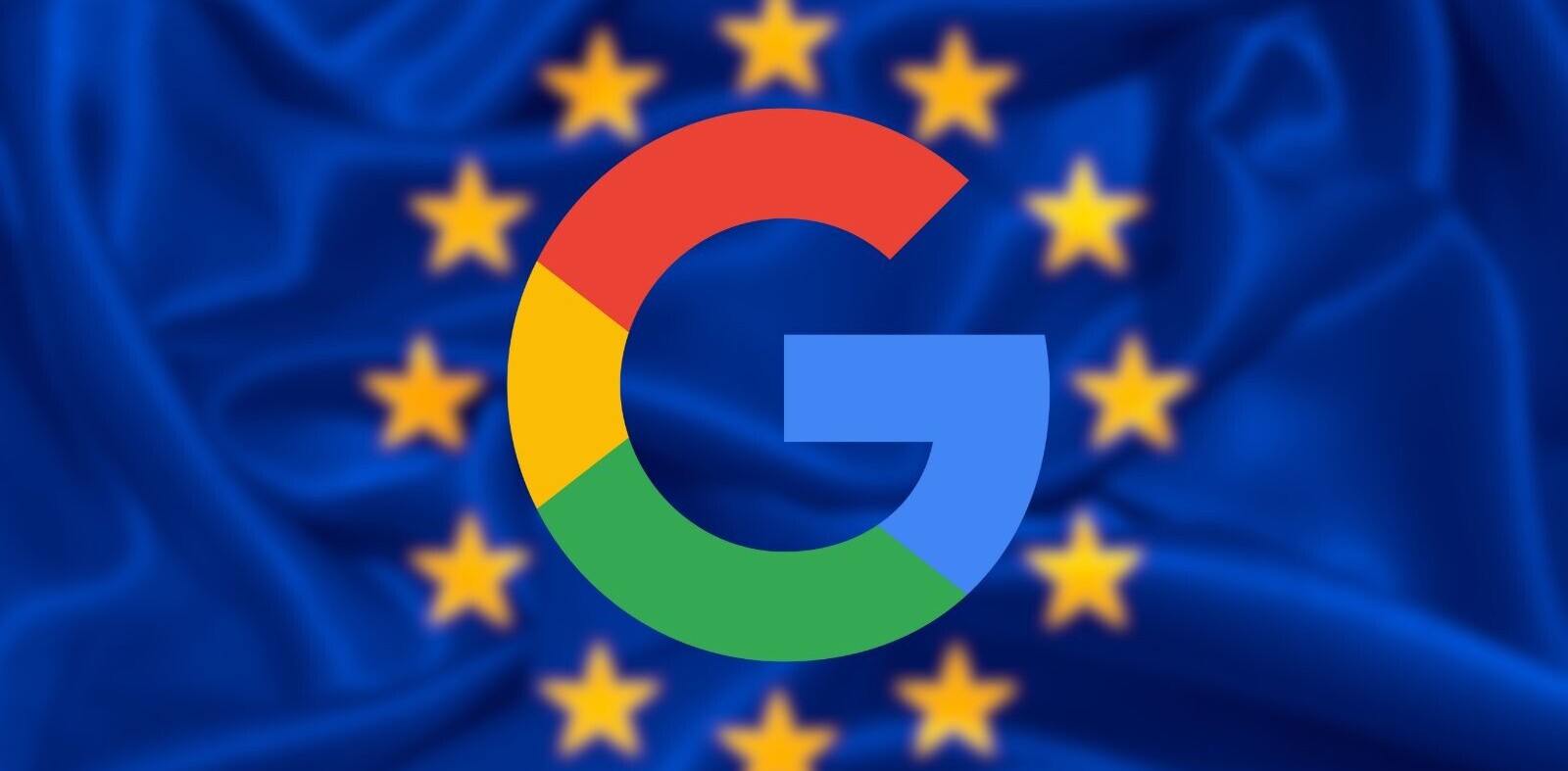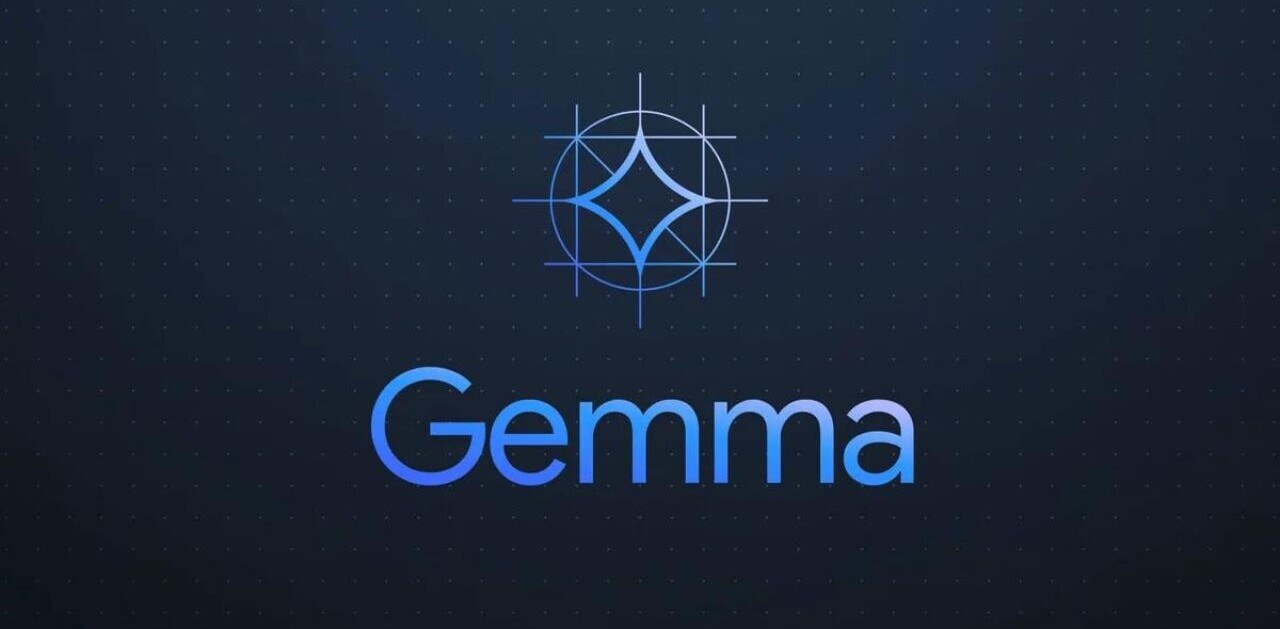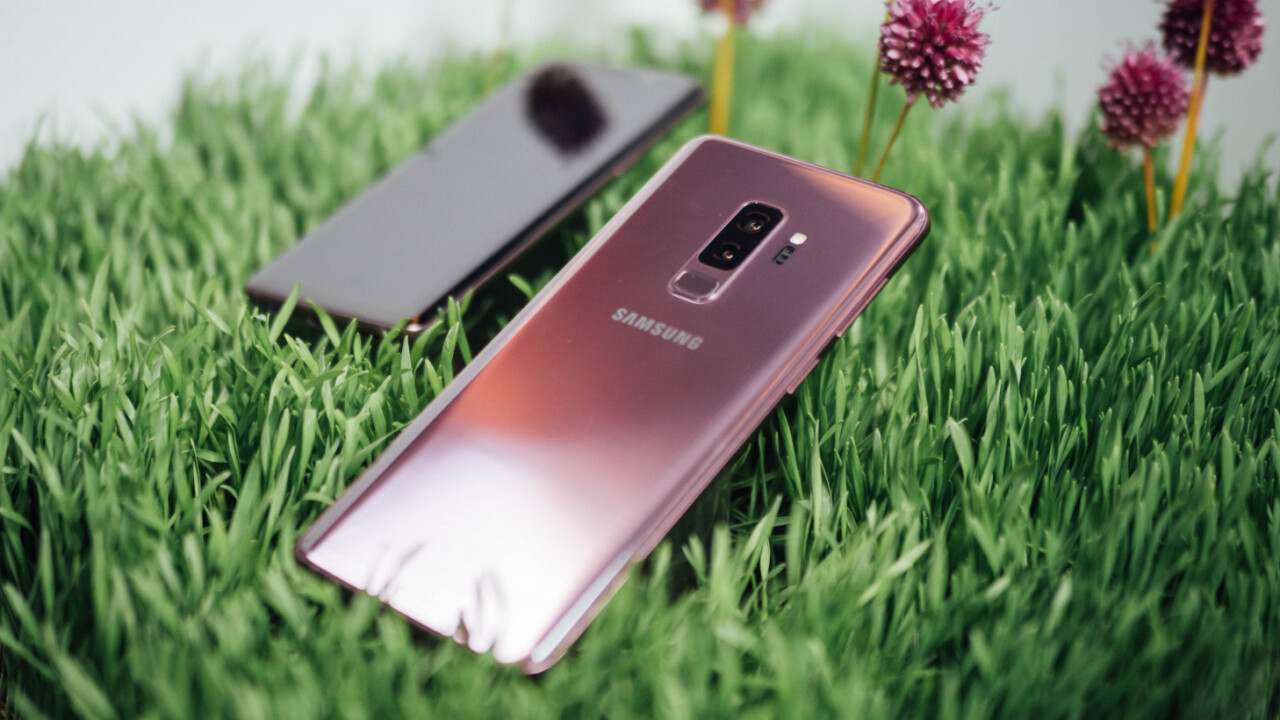
Samsung had the best smartphone cameras on the market a few years ago, but I’ve felt it’s lagged behind Google, Apple, and Huawei the last generation or two. DxOMark and other reviewers seemed to agree.
With the Galaxy S9, Samsung wants the crown back.
I had the chance to play around with the S9 and S9+ before their official announcement at MWC and there’s a lot to like. The smaller device will cost $720 ($30/month), while the Plus will go for $840 ($35/month). Pre-orders begin on March 2, and the phone officially goes on sale March 16.
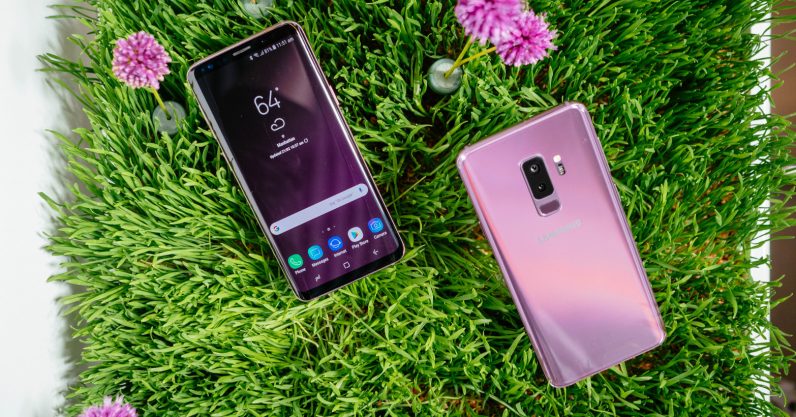
After months of leaks, there isn’t much surprise to the specs and features, but there are some highlights. Starting with the smaller model:
- Qualcomm Snapdragon 845 (US) / Exynos 9810 (everywhere else)
- 5.8-inch QHD Super AMOLED display
- 4 GB RAM
- 64 GB storage + microSD
- 3,000 mAh battery
- 12MP rear camera
- Variable aperture: F1.5/F2.4
- 960fps super slowmo
- 8MP F1.7 front camera
- IP68 water resistant
- Stereo speakers (finally!) tuned by AKG, 40 percent louder
- Dolby Atmos support
- Bluetooth 5.0
- AR Emoji – Samsung’s take on Apple’s Animoji
- Colors: Lilac Purple, Midnight Black, Coral Blue (US). Titanium Grey available as well in other markets.
There’s a greater difference between the S9 and S9+ than in past generations. In addition to the specs above, the larger model features:
- 6GB RAM
- Secondary telephoto camera
- 6.2-inch QHD Super AMOLED
- 3,500 mAh battery
Previously the screen and battery were the only differences. Considering the larger battery was largely negated by the bigger screen, it meant users could simply choose a model based on their preferred size. This time around, the improved camera setup and RAM makes the Plus the superior model. If you want the most powerful Samsung device you have to get the S9+. That sucks.
Design wise, it’s hard to immediately tell them apart from their predecessors. You know the deal: metal frame, curved screen, glass back. This time the back panel has more of a frosted look though, and the fingerprint sensor has been moved below the camera, instead of to the side. It’s way better.
The top and bottom bezel are also a bit smaller – impressive considering the more powerful speakers, now working in stereo. Conversely, the side bezels seem a small bit larger, but honestly, that’s probably a good thing for preventing accidental touches.
Speaking of speakers (heh), I liked what I heard in my brief hands-on. Compared directly to the S8, they were noticeably louder (Samsung says 40 percent), with an impressive amount of stereo separation considering the size. They were certainly better than the Pixel 2’s speakers, even though one of the S9’s speakers is bottom-firing. I wasn’t able to test any Atmos-encoded content though, which would presumably be even better.

But the camera is the heart of the S9, aiming to up the ante in both hardware and software. The headlining feature is the variable aperture, which opens up to F1.5 for low light images – the widest we’ve seen yet – and closes to F2.4 for sharper images in the daytime. You can even see the physical aperture changing if you look at the lens closely.
Image processing is a crucial part of image quality too, so Samsung says it now combines 12 shots into one to reduce noise. In all, the S9 supposedly offers a 66 percent improvement over the S8 in low light. It was certainly significant in the demos and examples Samsung showed off, but we’ll have to spend more time with the device to know how it holds up to the competition.
On the software end, Samsung now has AR emoji – its take on Apple’s Animoji. Basically, Samsung takes a photo of your head, and creates a Nintendo Mii-like avatar, giant head and all.
It works… okay. The S9 kept making me look very white, even though I’m quite tan. Your skin tone is adjustable to a degree, but it still looked weird after multiple tries. Samsung also gave me Pantene sleek hair, when it’s extremely curly. Thankfully there are different hairstyles to choose from.
After some tweaking I found somewhat decent, but I still feel like Samsung would’ve been better off using more cartoonish avatars. This is a bit too uncanny-valley for my tastes.
Here’s a look at what Samsung gave me by default, versus what I actually look like. The third image is the result after some tweaking.
The facial tracking doesn’t stand up to the iPhone X’s quality either. That’s not surprising, given Samsung is only using the plain-old selfie camera – no fancy face mapping. Still, as far as I could tell, it’s basically no better than a Snapchat mask. Maybe it’ll work better in the final software or in different lighting conditions.
In any case, I doubt people will care about accuracy as long as the emoji are fun. And with a Disney partnership apparently imminent, they’ll have plenty of characters to choose from.
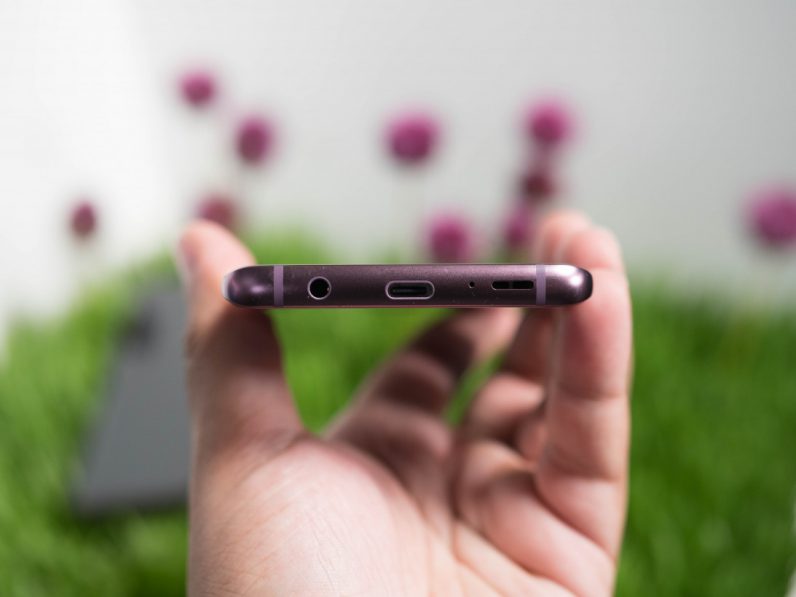
Then there’s Bixby. Samsung’s still trying to convince us its assistant is worth its dedicated button by adding real-time image translation. It’s powered by Google Translate, and works pretty well. Of course, you can use Google’s own app for that, but it’s nice to have the feature integrated right into the camera. Bixby can also estimate the calories in your food now so maybe you’ll think twice about eating that donut.
Obviously, 960fps slow-mo is super fun. It automatically creates shareable GIFs, and you get the option to loop or play the video backwards too. Also, Samsung uses AI to pick appropriate music. Which of course means it’s going to screw up occasionally, and create hilarious mishaps.
Some other miscallaneous notes from my hands-on:
- A new Intelligent Scan mode combines Iris and Face scanning and pick the best method depending on lighting conditions.
- DeX has a new dock which lets you use the headphone jack or use your phone as a mouse and keyboard. It also supports resolutions up to QHD now.
- It’s 2017, and QuickCharge 4.0+ exists. Why is the S9 still on QC2.0?
- The camera has a much more intuitive (and iPhone-like) camera UI. Just swipe left and right to switch modes.
- The portrait mode algorithm on the S9+ seems far improved over the mediocre one on the Note 8.
- The smaller S9 instead uses the selective focus mode that’s been available for several generations, but it also seems better here too.
- Performance was super fast, but that’s to be expected on a fresh phone with a new processor. Still, Samsung finally did a decent job of optimization with the Note 8, and that’ll hopefully continue here.
- Despite the stereo speakers and tiny bezels, it still has a headphone jack, in case you were wondering. Are you listening, Google/Apple/everyone?
- There’s a dab AR emoji

And that’s about it. Naturally, we need to spend more time with the devices to really suss out the performance and battery life, but considering the previous generation already did well on those fronts, and the S9 has a more efficient processor, things are looking good.
The big question mark really is the camera. Will the new hardware and processing help Samsung dethrone the Pixel 2? I’m looking forward to finding out.
Get the TNW newsletter
Get the most important tech news in your inbox each week.
